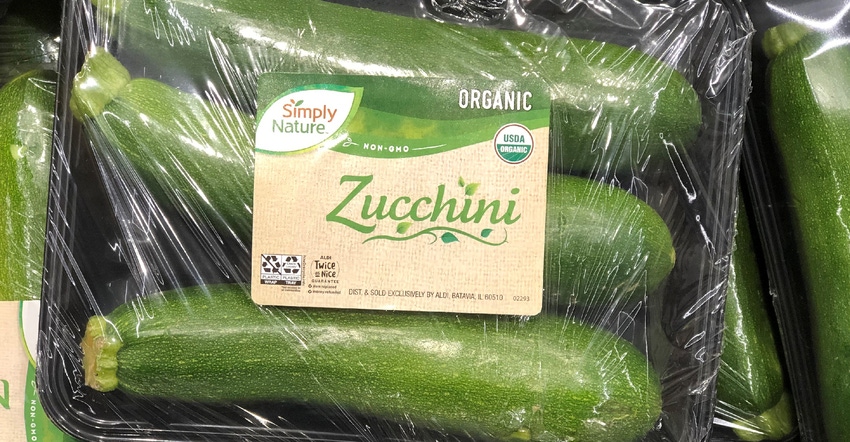February 1, 2021

Maybe you like to post what you do on your farm on social media. No doubt, some consumers find it interesting when you explain what you do. Damian Mason contends that what consumers don’t often like is when a farmer implies consumers should be grateful for how hard he or she works just so people have food to eat.
Remember the bumper sticker “If you ate today, thank a farmer!”? Mason turns the statement on its head. “How about thinking of it this way?” he asked a virtual audience while keynoting this year’s kickoff session of the Indiana Association of Soil and Water Conservation Districts. “Maybe the bumper sticker should say, “If you’re a farmer and grow food, thank a consumer today.”
Mason is on your side. He grew up on a farm in Huntington County, Ind., and then veered into other endeavors, including political comedy, starting in the 1990s. The biggest thing he learned doing comedy was how to make observations, especially about the customer.
“Consumers don’t respond to the ‘thank a farmer’ message today — that time has passed,” he says. “Looking to the future, you need to pay attention to what consumers want.”
What drives consumers
Jayson Lusk, head of the Purdue University Ag Economics Department and a specialist in food systems, laid out what drives food consumers today while addressing a virtual audience at the Purdue Top Farmer Conference. He indicated that knowing what a consumer wants may depend on the consumer you’re targeting. And in the final analysis, it may depend on what the people in the boardrooms of some of the largest food corporations think consumers want.
When Lusk polls consumers and looks at other information compiled about consumer trends, he notes that contrary to what popular media suggests, issues such as animal welfare and environmental concerns don’t always show up among a typical consumer’s top priorities. Among both lower-income and higher-income consumers, things like freedom from antibiotic residues and hormones, fat content, number of calories, sugar content and pesticide residues rank higher than GMOs, protein content and whether the food is organic. Buzzwords like “naturalness” of the food and environmental concerns fall somewhere in the middle.
As income increases, consumers tend to care more about things like naturalness of food and origin — where it came from, Lusk says. Lower-income consumers focus more on price.
Two points are worth noting: Whether a food is “local” scores low as something consumers care about in many polls. Yet there’s still an opportunity for niche marketing and perhaps earning a premium by marketing to those who do care, Lusk says.
Second, even though many consumers rank animal well-being far down the list of what they care about when selecting food, some who do care have caused large food companies to take notice. Walmart, for example, has pledged to source eggs from cage-free hens only by 2025. The industry must change dramatically if that’s going to happen, Lusk says. The percentage of cage-free layers today industrywide is around 20%.
There is nothing wrong with being proud that you’re a farmer and grow food for Americans. But the message is clear: Consumers today expect you to care about what they want, too.
Comments? Email [email protected].
You May Also Like




